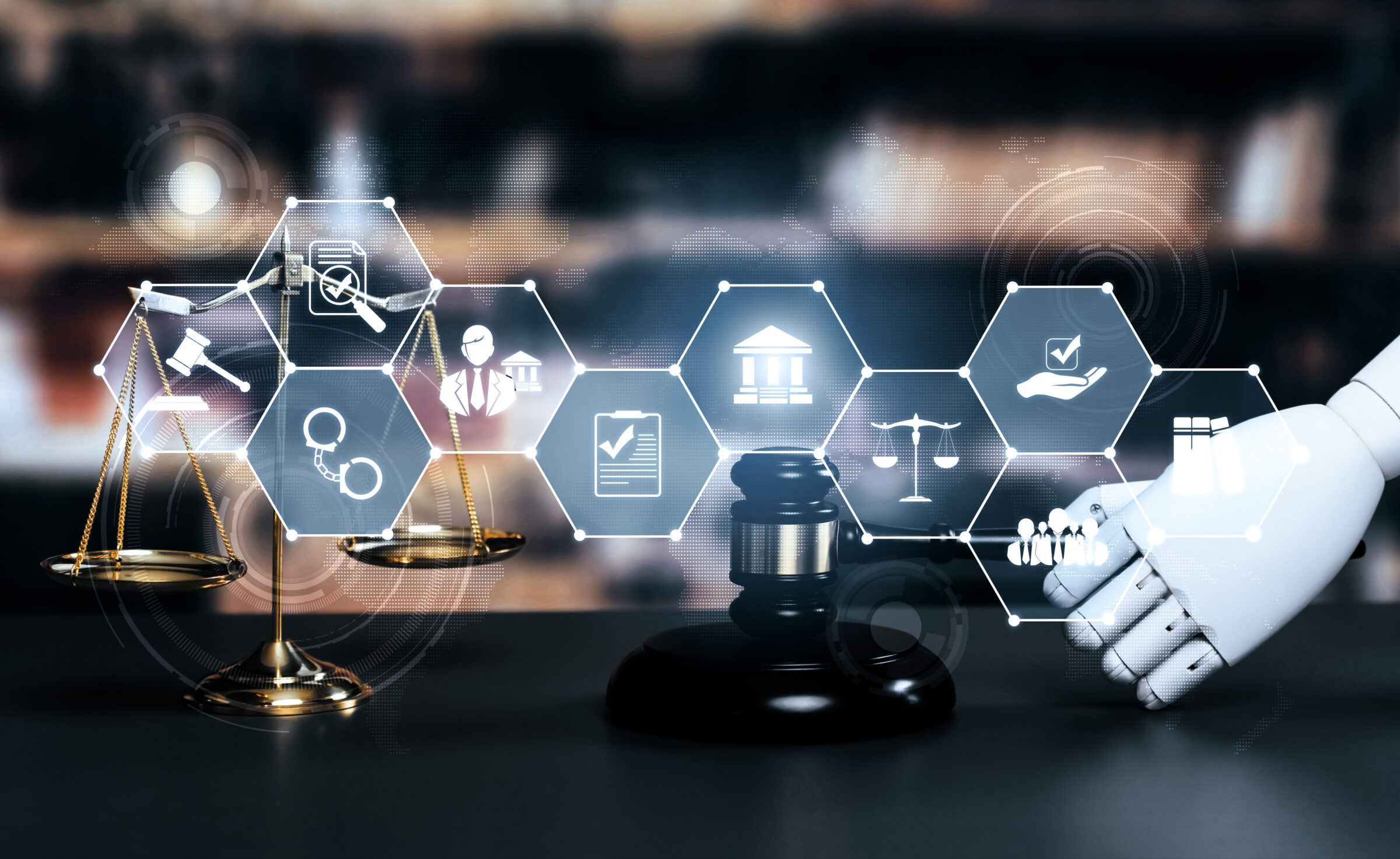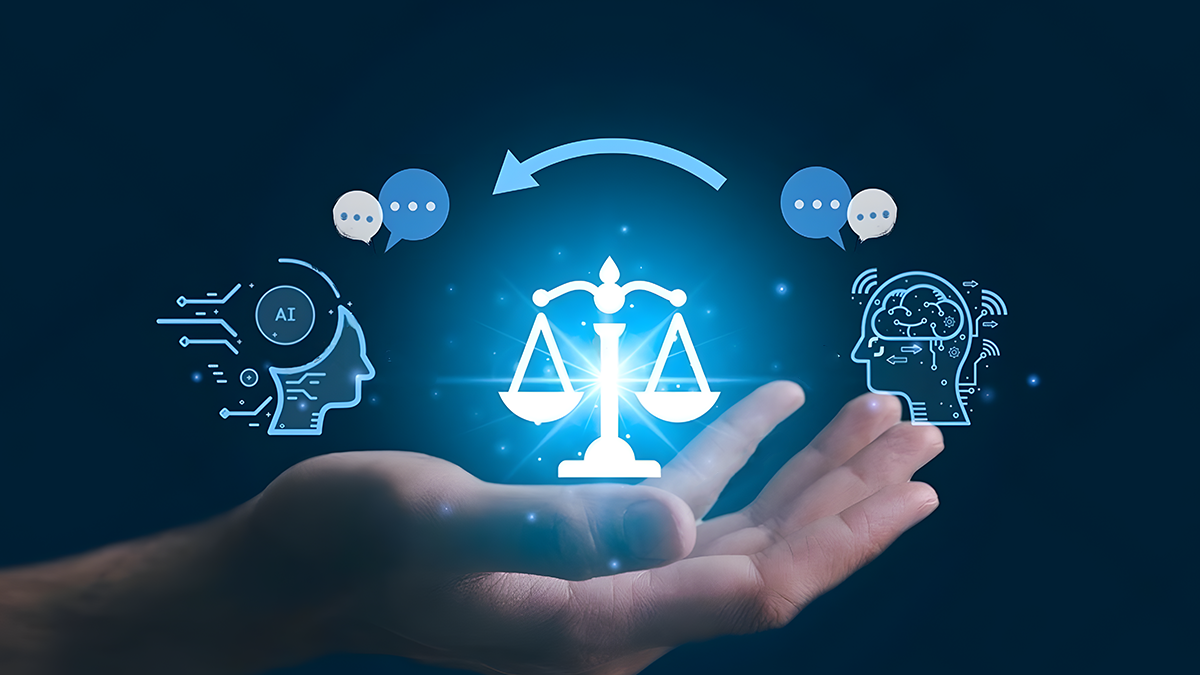Introduction
Legal AI is leading the way in technological innovation in the legal industry, transforming traditional law practices into efficient, data-driven operations. This advanced technology combines artificial intelligence with specialized legal knowledge to tackle complex legal tasks with unprecedented speed and accuracy.
You’ll find Legal AI tools handling various aspects of legal work:
- Document review and analysis
- Contract drafting and management
- Legal research and case law analysis
- Due diligence processes
- Litigation prediction
The impact of Legal AI goes beyond simple automation – it’s changing the entire legal landscape. Law firms using AI-powered solutions report significant improvements in efficiency, with tasks that once took days now completed in hours. This technology doesn’t aim to replace lawyers but rather enhances their capabilities by handling routine tasks, allowing legal professionals to focus on strategic thinking and client relationships.
The adoption of Legal AI marks a crucial turning point in legal practice, setting new standards for productivity and precision in legal services.

Types of Legal AI Tools
Legal AI tools come in various types, each created to solve specific problems in legal work. Here’s a detailed overview of the main categories:
- Document Analysis Tools
These tools use artificial intelligence (AI) to examine legal documents and extract important information. Here are some key features:
- Speed: Tools like ROSS Intelligence can process thousands of pages in just a few minutes.
- Security: Automated redaction capabilities ensure that sensitive information is protected.
- Insight: Pattern recognition technology identifies critical clauses and potential risks within the documents.
-
Legal Research Assistants
Legal research assistants powered by AI are designed to make case law research more efficient. Here are some ways they achieve this:
- Natural Language Processing: CoCounsel by Thomson Reuters uses AI to understand queries expressed in natural language, making it easier for lawyers to find relevant precedents and statutes.
- Real-time Updates: These tools provide up-to-date information on new legal developments, ensuring that lawyers stay informed about any changes that may impact their cases.
- Citation Checking: Built-in citation checking and validation features help lawyers verify the accuracy of their references.
-
Contract Management Systems
Contract management systems leverage AI technology to automate various aspects of contract handling. Some key functionalities include:
- Drafting Automation: These systems can generate contracts automatically based on customizable templates, saving time and reducing errors.
- Risk Assessment: AI algorithms analyze contracts for potential risks and compliance issues, enabling proactive management.
- Version Control: Version control features allow users to track changes made to contracts over time, ensuring transparency and accountability.
-
Case Law Summarization
Case law summarization tools utilize AI algorithms to condense lengthy court decisions into concise summaries. Here are some benefits they offer:
- Key Points Extraction: These tools extract essential legal arguments from court rulings, making it easier for lawyers to understand the main issues at stake.
- Precedent Tracking: AI-powered summarizers can track precedents across different jurisdictions, helping lawyers identify relevant cases even if they are not directly related.
-
Practical Benefits
The implementation of these legal AI tools has resulted in several practical benefits for law firms:
- 70% reduction in document review time
- Enhanced accuracy in legal research
- Standardized contract creation
- Cost-effective solutions for law firms of all sizes
Leading platforms like Kira Systems offer specialized features for due diligence, while CARA A.I. excels in predictive analytics for case outcomes. These tools integrate machine learning algorithms to improve accuracy over time, learning from user interactions and feedback.
The adoption of these tools has shown significant impact on law firm efficiency. A recent study indicates that firms using AI tools report a 30% increase in productivity across their legal teams. The technology continues to evolve, with new features being added to address emerging legal needs and challenges.

How Legal AI Works
Legal AI uses advanced Natural Language Processing (NLP) systems to analyze and understand legal texts. These systems are designed to break down complex legal language into parts that machines can understand, allowing AI to grasp the meaning, identify connections between ideas, and extract important information.
Key Components of Legal AI
The process of how Legal AI works involves several important elements:
- Language Understanding: AI systems look at how sentences are structured, the specific legal terms used, and the relationships between different parts of the text in order to understand legal questions and documents.
- Pattern Recognition: Machine learning algorithms are used to find recurring patterns in legal texts. This helps establish precedents and make connections between relevant cases.
- Semantic Analysis: Advanced NLP techniques are employed to extract meaning from legal documents by understanding how words and phrases relate to each other.
Steps in Data Processing for Legal AI Tools
Legal AI tools follow a specific series of steps when processing data:
- Input Processing: The system receives legal texts or queries written in natural language.
- Text Analysis: AI breaks down the content into smaller parts that can be analyzed.
- Pattern Matching: The system compares the information it has analyzed against its trained database.
- Response Generation: Based on the data it has analyzed, AI generates answers or insights.
The Power of Computation Behind Legal AI
The computational power behind Legal AI allows it to process large amounts of legal data at incredibly fast speeds. With just one AI system, it is capable of:
- Analyzing over 1 million documents every hour
- Examining multiple jurisdictions at the same time
- Understanding complex legal precedents spanning several decades
- Dealing with legal documents in multiple languages
These abilities have real-world applications where AI can quickly go through thousands of cases, contracts, and legal documents – something that would take human lawyers weeks or even months to do. The technology’s capacity to conduct extensive document reviews while still achieving accuracy levels above 90% shows its potential to bring about significant changes in the field of law.
Integration with Legal Workflows
Legal AI tools are changing the way lawyers work by integrating into their existing workflows. These tools, such as Paxton, can be directly embedded into document management systems that lawyers already use, allowing them to continue using their familiar processes while also taking advantage of AI technology.
Key Integration Points:
- Document Management Systems: AI tools connect with platforms like iManage and NetDocuments, enabling real-time document analysis without switching between applications
- Email Platforms: Direct integration with Outlook and Gmail streamlines communication and document sharing
- Practice Management Software: Seamless connection with case management systems for automated time tracking and task organization
The integration process creates a unified workspace where attorneys can:
- Draft contracts using AI-powered templates
- Research case law without leaving their current platform
- Generate legal memoranda with automated citations
- Review documents with AI-assisted highlighting and annotation
Legal AI enhances attorney productivity through automated task handling:
- Research Assistance: AI tools scan thousands of documents to identify relevant precedents and legal arguments
- Document Generation: Templates and automated drafting reduce time spent on routine documents
- Due Diligence: Automated contract review and risk assessment accelerate deal closings
- Citation Checking: Real-time verification of legal citations ensures accuracy
These integrations maintain existing security protocols and compliance requirements, preserving client confidentiality while improving efficiency. Law firms report significant time savings – up to 30% reduction in document review time and 40% faster research completion through integrated AI solutions.
The combination of human expertise and AI capabilities creates a powerful synergy, allowing legal professionals to focus on complex analysis and client relationships while automating routine tasks.
Ethical Considerations in Using Legal AI
The integration of AI in legal practice brings critical ethical challenges that demand careful attention. Legal professionals must address several key concerns:
- Accuracy and Bias Risks
- AI systems can produce inaccurate results due to incomplete training data
- Historical biases in legal data can lead to discriminatory outcomes
- Language nuances and complex legal interpretations might be misunderstood by AI
- Data Privacy and Security
- Client confidentiality requires robust security measures
- Protection of sensitive legal information from unauthorized access
- Compliance with data protection regulations and professional ethics
- Professional Responsibility
- Lawyers remain accountable for AI-generated work
- Duty to verify and validate AI outputs before client use
- Need for transparency about AI usage with clients
- Quality Control Measures
- Regular testing of AI outputs against established legal standards
- Documentation of AI decision-making processes
- Implementation of review protocols for AI-generated content
Human oversight serves as the cornerstone of ethical AI use in law. You must approach AI as a supplementary tool rather than a replacement for legal expertise. This involves establishing clear verification processes, maintaining professional judgment, and staying updated on AI capabilities and limitations.
The legal community’s responsibility extends beyond individual practice to shaping ethical guidelines for AI adoption. Bar associations and legal organizations actively develop standards to guide responsible AI implementation while preserving the integrity of legal services.
Future Prospects of Legal AI
The legal industry is on the verge of a technological revolution. Recent surveys indicate that 73% of legal leaders expect widespread adoption of generative AI technologies within the next three years. This shift promises to reshape traditional legal practices in unprecedented ways.
Key transformations expected in the legal landscape include:
- Predictive Analytics: AI systems will analyze historical case data to predict litigation outcomes with increased accuracy
- Virtual Legal Assistants: Advanced chatbots will handle client intake, schedule appointments, and answer routine legal queries
- Automated Compliance Monitoring: Real-time tracking of regulatory changes and automatic updates to legal documents
- Smart Contract Automation: Self-executing contracts powered by blockchain technology and AI
The integration of tech-driven legal services will create new roles and specializations. Law firms will need professionals who understand both legal principles and AI technologies. This hybrid expertise will bridge the gap between traditional legal practice and technological innovation.
Legal service delivery will transform through:
- Reduced response times for client queries
- Personalized legal solutions based on data analytics
- Cost-effective services for small businesses and individuals
- Enhanced accessibility to legal resources
The rise of AI-powered legal platforms will democratize legal services, making them available to previously underserved markets. This technological evolution will push law firms to adapt their business models, focusing on value-added services that combine human expertise with AI capabilities.
Conclusion
Legal AI is leading the way in modernizing law practice, providing solutions that completely change traditional legal processes. The use of AI tools brings both opportunities and responsibilities for legal professionals.
You have the power to improve your practice with these innovative solutions:
- Improved Efficiency: Automate time-consuming tasks
- Enhanced Accuracy: Reduce human error in document review
- Better Client Service: Deliver faster, more cost-effective solutions
Moving forward requires a balanced approach – embracing technological advancement while maintaining ethical standards and professional judgment. Legal AI tools are powerful allies, not substitutes for human expertise.
Take the first step toward innovation:
- Research available Legal AI tools
- Start with small-scale implementation
- Monitor results and adjust strategies
- Share experiences with colleagues
Your role in shaping the future of legal practice starts with understanding and adopting these technological advances. The legal landscape is changing – will you be part of the transformation?


